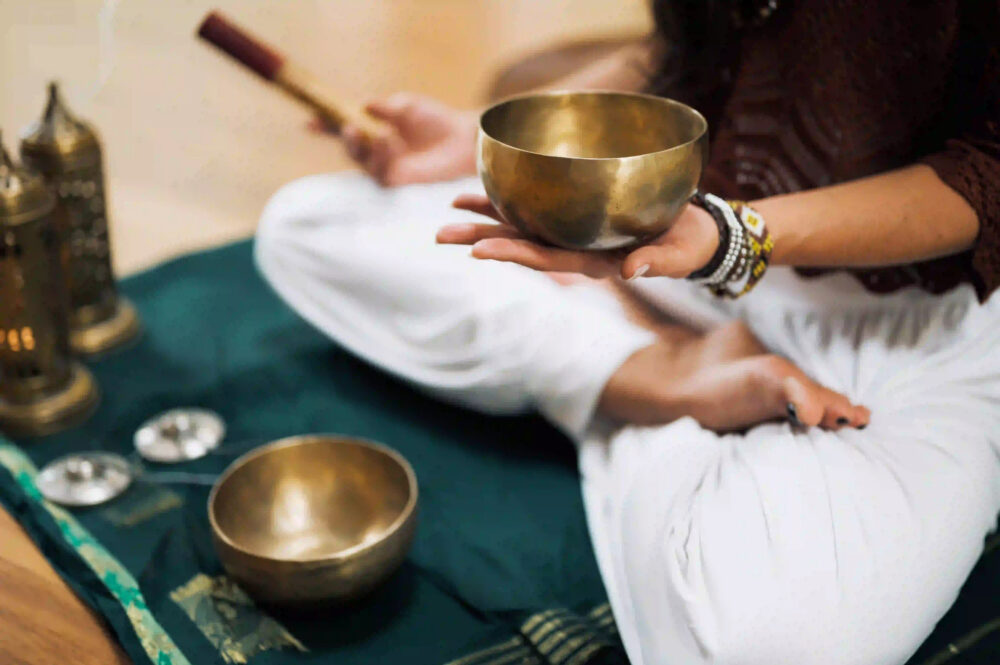Trauma is a deeply ingrained experience that can have lasting effects on a person’s mental, emotional, and physical well-being. The journey of healing from trauma is complex and unique to each individual. While therapy and various therapeutic techniques play a crucial role in this process, there is another powerful tool that can aid in healing: rituals.
Rituals have been a part of human culture since the dawn of time. They have been used to mark significant life events, celebrate milestones, and connect with the divine. But rituals also have a profound impact on healing trauma. They provide a structured and intentional space where individuals can engage with their pain, process their emotions, and find a sense of wholeness and connection.
One of the key aspects of healing trauma through rituals is the creation of a safe and sacred space. This space acts as a container for the individual’s emotions and experiences, allowing them to explore and express their pain in a supportive environment. Whether it’s a simple ritual performed alone or a more elaborate ceremony involving a community, the act of creating this space is essential in opening the door to healing.
Rituals also provide a sense of structure and continuity in the face of chaos and uncertainty. Trauma can disrupt a person’s sense of self and their connection to the world around them. By engaging in rituals, individuals can establish a sense of order and stability in their lives. This structure can help them navigate the unpredictable nature of their healing journey and find a sense of purpose and meaning amidst the pain.
Another powerful aspect of rituals in healing trauma is the symbolic nature of the actions performed. Rituals often involve specific gestures, objects, or words that carry deep meaning and significance. These symbols act as bridges between the conscious and unconscious mind, allowing individuals to access and process their trauma on a deeper level. By engaging with these symbols, individuals can tap into their inner wisdom and intuition, leading to profound insights and breakthroughs.
Furthermore, rituals provide a sense of connection and community. Healing from trauma can be a lonely and isolating experience. By participating in rituals with others who have experienced similar pain, individuals can find solace and support in knowing they are not alone. The shared experience of ritual can foster a sense of belonging and create a supportive network of individuals who understand and empathize with one another’s struggles.
Incorporating rituals into the healing journey is a deeply personal process. There is no one-size-fits-all approach, as each individual’s trauma and healing needs are unique. Some may find solace in simple daily rituals, such as lighting a candle or practicing mindfulness. Others may seek out more elaborate ceremonies, such as sweat lodges or vision quests, to delve deeper into their healing process.
It’s important to note that rituals alone are not a substitute for therapy or professional help. They are a complementary tool that can enhance the healing process. If you are struggling with trauma, it’s essential to seek the guidance of a qualified therapist or counselor who can provide the necessary support and guidance.
In conclusion, rituals play a vital role in healing trauma by creating a safe and sacred space, providing structure and continuity, utilizing symbolic actions, and fostering connection and community. They offer individuals a powerful tool to engage with their pain, process their emotions, and find a sense of wholeness and connection. Incorporating rituals into the healing journey can be a transformative experience, but it’s crucial to do so under the guidance of a professional. Remember, healing is a journey, and rituals can be a valuable companion along the way.
